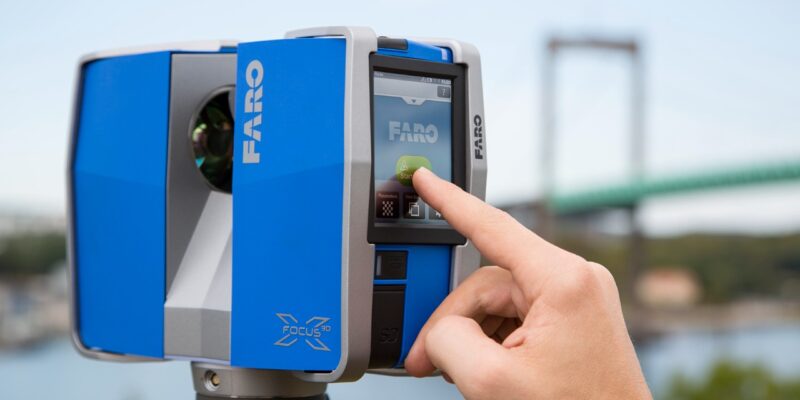3D building scanning services are revolutionizing a wide range of industries in today’s fast-paced world where accuracy, efficiency, and cost-effectiveness are crucial. In the fields of engineering, construction, real estate, and historic preservation, adopting this cutting-edge technology could be the game-changer your project needs.
The Basics of 3D Building Scanning
The foundation of 3D building scanning services is cutting-edge technology that gathers precise spatial data to produce incredibly accurate 3D models of buildings and other structures. It makes use of a number of scanning technologies, each with special benefits, including LiDAR, Photogrammetry, and Structured Light Scanning. These scans offer a thorough depiction of the real world by capturing minute details, yielding sub-millimeter accuracy that greatly exceeds that of conventional measurement techniques.
Applications in Diverse Industries
Construction and Architecture
Accuracy and precision are crucial in the fields of architecture and building. Rework reduction, human error elimination, and exceptional precision in capturing existing conditions are all made possible by 3D building scanning services. The foundation of Building Information Modeling (BIM) is this technology, which makes collaborative design and construction processes easier.
Real Estate and Property Management
3D scans provide a realistic virtual experience for real estate agents. Virtual tours are a useful tool for showcasing properties because they give prospective tenants or buyers an immersive and detailed view while saving time and money. Furthermore, 3D building scanning services help with space management and planning, making the best use of the available space.
Historic Preservation
Careful documentation and restoration are necessary for the preservation of our historic buildings. Historical building essence is captured by 3D scans, which makes accurate restoration and conservation efforts easier. They help with structural evaluations and guarantee that no minute details are overlooked.
Engineering and Infrastructure
Engineers use 3D scans to monitor and evaluate infrastructure. With the use of these scans, it is possible to generate detailed models of roads, bridges, and other structures, which facilitates the prompt detection of problems and maintenance requirements. This technology also helps with utility mapping, making it easier to track and manage subterranean infrastructure.
Benefits of 3D Building Scanning Services
Improved Accuracy and Precision
It is truly astounding how accurate 3D building scanning services are. These scans provide an unprecedented level of detail and precision that is simply unmatched by traditional measurement techniques, eliminating the possibility of human error with sub-millimeter precision. Better decision-making and project outcomes result from this.
Time and Cost Savings
By reducing on-site data collection time and minimizing rework and design changes, 3D scanning significantly cuts project timelines and costs. It streamlines processes, enhances project efficiency, and ultimately, bolsters your bottom line.
Enhanced Collaboration
3D Building Scanning Services promote collaboration by enabling stakeholders to access and review highly detailed 3D models remotely. This ensures that everyone involved has a clear and consistent understanding of the project, fostering smoother decision-making and cooperation.
Considerations Before Implementing 3D Building Scanning
Prior to adopting 3D building scanning services, there are a few things to think about. Because the cost of these services can vary, be aware of your budget. Make sure you collaborate with trustworthy service providers who place a high priority on data security and privacy. Keep in mind any legal and regulatory requirements that might be specific to your sector.
Future Trends and Innovations
3D building scanning services is a dynamic field that is always evolving. Future technological advancements and the fusion of machine learning and artificial intelligence have the potential to completely transform this industry. To stay competitive and increase the efficacy of your projects, keep up with these trends.
Conclusion
In the modern world, where speed, accuracy, and economy are critical, using 3D building scanning services is not an option—rather, it is a must. This technology could be the game-changer your project needs, regardless of your industry: engineering, construction, real estate, or historic preservation. To fully realize the potential of 3D building scanning services, think about collaborating with Measure Up Corp if you’re prepared to take your projects to new heights.

